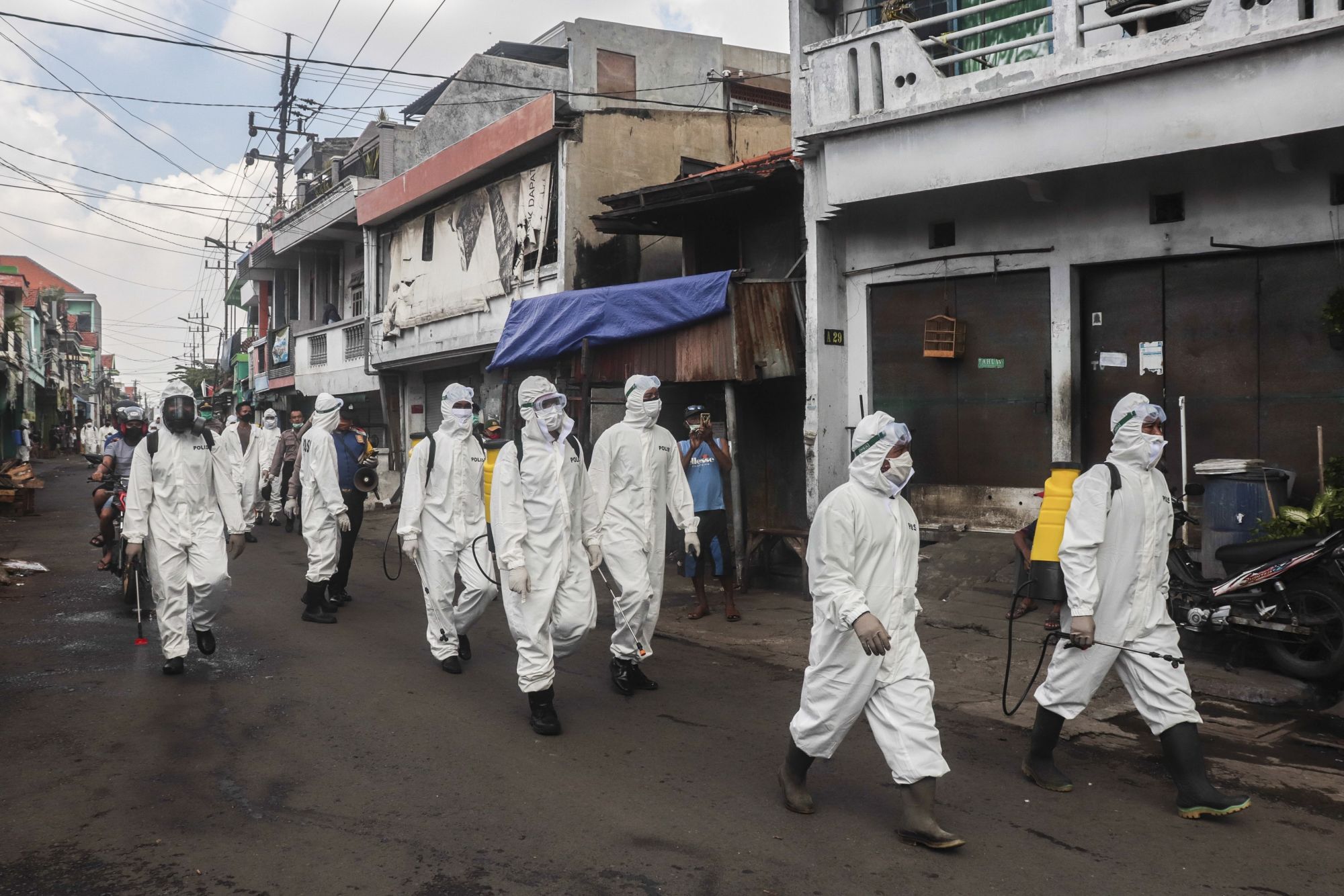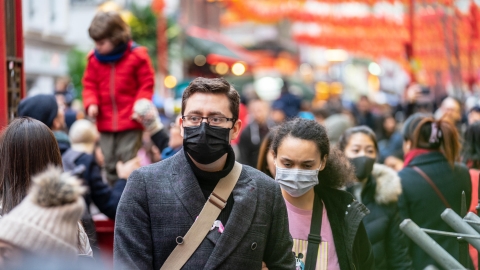Vietnam continues to record no new COVID-19 cases
As of 6 a.m. on April 24, Vietnam continued to record no new cases of COVID-19. Vietnam has entered the 8th day without recording any new cases of COVID-19, while major cities have begun to gradually relax previously applied social distancing regulations.
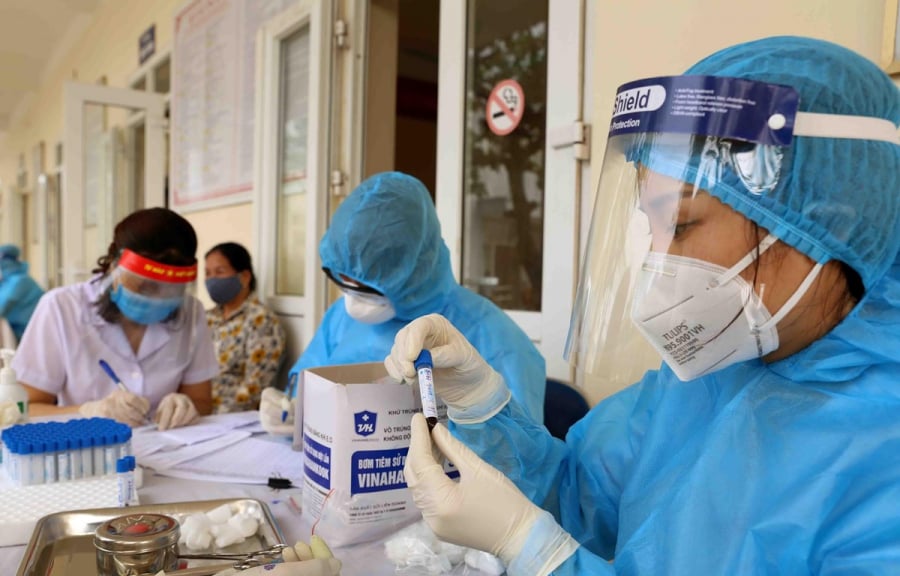
With patient number 206 at Cu Chi Field Hospital (HCMC) announced to be cured on April 23, Vietnam has cured 224/268 cases, accounting for nearly 84% of the number of people infected with COVID-19. Of the 44 cases being treated, 15 cases have tested negative for SARS-CoV-2 virus once and 2 cases have tested negative twice.
Ho Chi Minh City allows Buddha Bar to lift quarantine, must remove signboard
On the afternoon of April 23, regarding the handling of the COVID-19 outbreak at Buddha Bar (No. 7 Thao Dien Street, District 2), Chairman of District 2 People's Committee - Nguyen Phuoc Hung said: the district has decided to lift the quarantine at this location from April 23. Specifically, after the quarantine is lifted, the restaurant owner can only resume business when there is a general announcement from the City People's Committee on the restaurant business.
However, District 2 requires the business owner of the above establishment to supervise the cleaning and disinfection, and also requires the owner to remove pictures, Buddha statues and religious elements that go against good customs.
Ba Ria-Vung Tau allows reopening of flights to Con Dao from April 24
On the afternoon of April 23, the People's Committee of Ba Ria-Vung Tau province issued a decision to re-implement transportation activities in Ba Ria-Vung Tau and Con Dao provinces from 0:00 on April 24, with the principle that vehicles will only operate a maximum of 50% of the seats for each trip; arrange and place passengers to sit apart on the vehicle (1 seat apart) or ensure a distance of 1 meter. Drivers and vehicles when transporting passengers must ensure the requirements for epidemic prevention and control of the Ministry of Transport and the Ministry of Health.
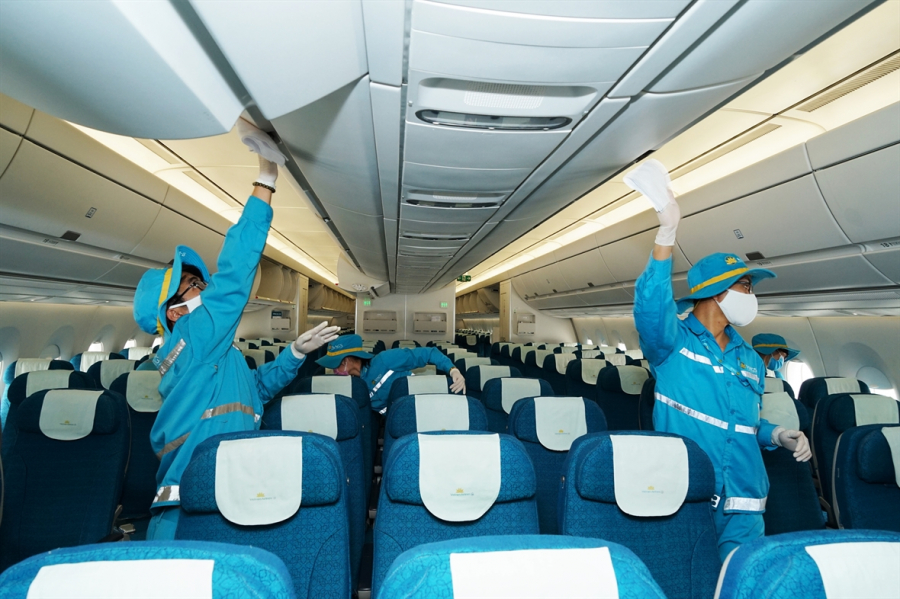
Tien Giang allows some passenger transport routes to operate.
According to Deputy Director of Tien Giang Department of Transport Phan Vinh Thanh, starting from April 23, the province will allow some passenger transport routes to resume operations. Specifically, passenger transport by bus on inter-provincial routes from Tien Giang to Ben Tre, Long An and Dong Thap provinces will be allowed to resume operations. In particular, the route from Tien Giang to Ho Chi Minh City with code 62-9 will only resume operations with the consent of Ho Chi Minh City.
When resuming operations, buses and fixed-route vehicles will only operate at a maximum of 30% of the schedule for provinces and cities in the risk group and a maximum of 50% of the schedule for provinces and cities in the low-risk group.
Southeast Asia is tense because of Covid-19
As of the morning of April 22, Southeast Asia recorded more than 30,000 cases of SARS-CoV-2 virus infection causing COVID-19, of which 88.8% were in Singapore, Indonesia, the Philippines and Malaysia.
Singapore currently has the highest number of COVID-19 cases in Southeast Asia, most of whom are legal foreign workers living in crowded dormitories. After several consecutive days of new infections exceeding 1,000, Singapore has now recorded a total of 9,125 cases, with 11 deaths. Notably, the number of cases in this island nation has increased sixfold since the beginning of the month.
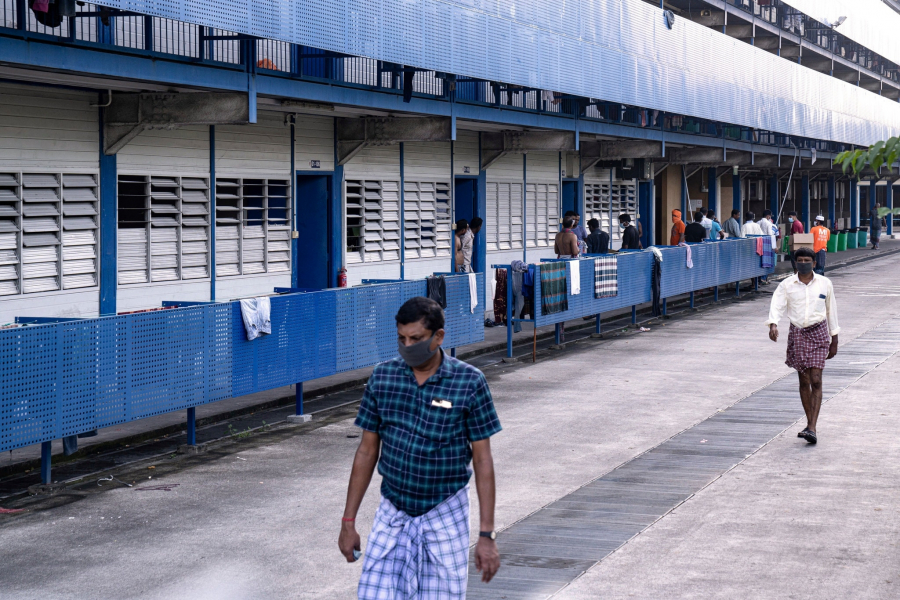
The second largest epidemic area is Indonesia, with 7,135 infected people but the highest number of deaths in the region (616 cases), among the top 5 Asian countries with high mortality rates. Next is the Philippines, with 6,599 cases and Malaysia with 5,482 cases.
Indonesia temporarily bans passenger transport by air and sea
On April 23, officials from the Indonesian Ministry of Transport announced that the country will temporarily ban domestic flights and passenger transport by sea. Accordingly, to prevent the COVID-19 acute respiratory disease from spreading further in the archipelago country, the ban on domestic flights will be effective until June 1 and the ban on sea transport will last until June 8. However, this ban does not apply to cargo transport.
China donates another $30 million to the World Health Organization
Chinese Foreign Ministry spokeswoman Hua Chunying announced on April 23 that China will provide an additional $30 million to the World Health Organization (WHO) to help the global fight against the COVID-19 pandemic. Hua said the donation is specifically aimed at strengthening the health systems of developing countries.
COVID-19 epidemic situation in Europe
As of April 23, Europe had 1,188,940 cases of SARS-CoV-2 infection, including 112,953 deaths, showing that the number of cases and deaths continued to increase in some other countries in Europe. The Netherlands said the number of SARS-CoV-2 infections in the country increased to 35,729, with 887 new infections, 123 more deaths, and the actual number of cases may be higher than the statistics. The Belgian National Security Council announced that the country recorded 230 new deaths and 908 new cases in the past 24 hours, bringing the total number of cases to 42,797.
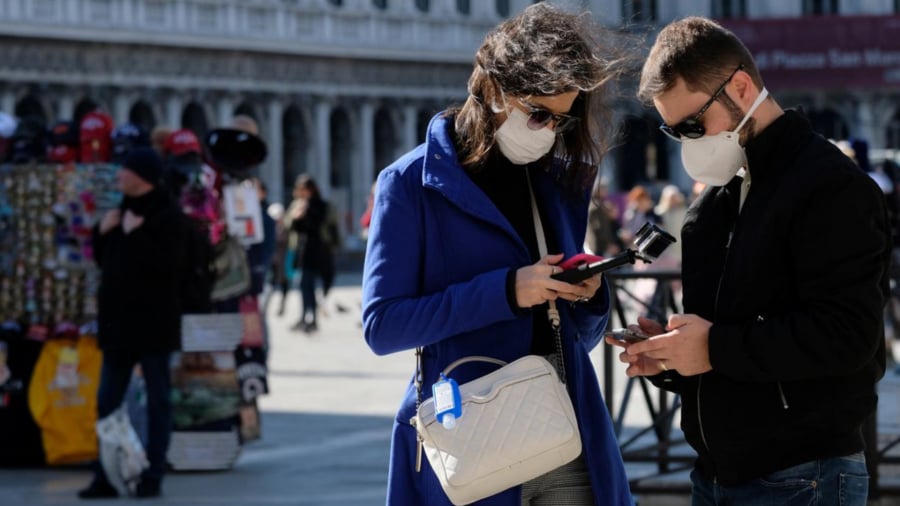
World Health Organization (WHO) Regional Director for Europe - Hans Kluge said that up to 50% of COVID-19 deaths on the continent are from nursing homes, according to Mr. Hans Kluge, "this is an unimaginable tragedy."
On April 23, Spanish Deputy Prime Minister Pablo Iglesias announced that children under 14 years old will be allowed to leave their homes for 1 hour with adult supervision and will not be allowed to go more than 1 km from their homes in the context of the spread of the acute respiratory disease COVID-19 is slowing down. Currently, Spanish authorities are easing the restrictions imposed to prevent the COVID-19 epidemic after the number of new cases per day decreased from 20% to 2%. Currently, Spain is still a hot spot when in the past 24 hours recorded 4,635 new infections and 440 deaths.
The Romanian government announced on April 23 that the total number of people infected with the SARS-CoV-2 virus causing the COVID-19 acute respiratory disease in the country has reached 10,096, after confirming 386 new cases. The announcement added that Romania also recorded a total of 527 deaths and the country issued a state of emergency on March 16 and extended the order until May 15.
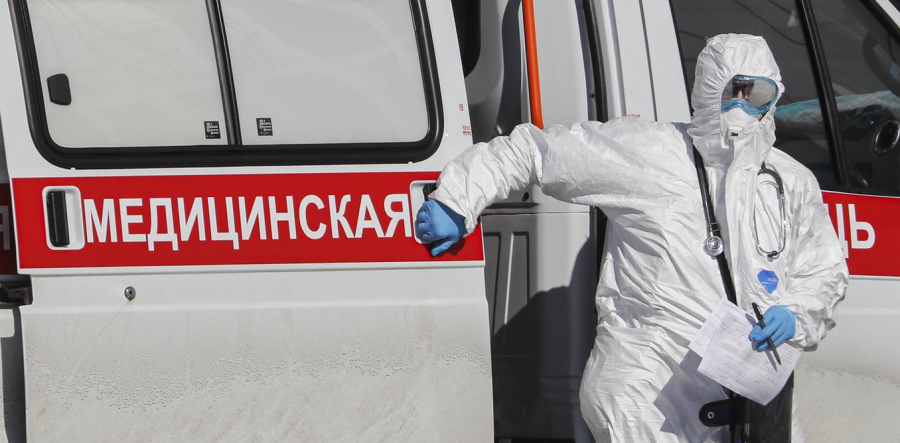
The Russian Federation said that as of the afternoon of April 23, the country had recorded 4,774 more cases of SARS-CoV-2 infection, bringing the total number of infections to 62,773. Russia also confirmed 42 deaths in the past 24 hours, bringing the total number of deaths to 555. The locality with the highest number of infections per day is still Moscow with 1,959 cases.
Ukraine's health ministry said the country recorded 578 new cases, the highest number in a single day, bringing the total number of infections in the country to 7,170. In response, the Ukrainian cabinet extended quarantine measures in the country until May 11. All restrictions imposed remain in effect and will be in place for at least the next two weeks.
Germany tracks COVID-19 infections via smartphones
In order to reduce the spread of the pandemic, Germany has chosen a domestically developed technology to monitor COVID-19 cases in the country via smartphones, according to the German government. This technology will serve the Robert Koch Institute - the agency leading Germany's medical response to the COVID-19 pandemic.
The app will use the phone’s Bluetooth wireless signal to determine if the person has been in close contact with an infected person. From there, the app will send “alerts” to those who have been in close contact with the confirmed infected person, so that these people will voluntarily self-isolate.
He conducted large-scale research on herd immunity.
The UK government has announced plans for a large-scale study to track the SARS-CoV-2 virus throughout the population. The study is expected to last a year and involve about 300,000 participants. In the first phase, a group of about 25,000 people will be regularly tested for nasal and throat swabs to determine whether they have COVID-19. Blood samples from adults in about 1,000 households will also be tested periodically to assess how many have developed antibodies.
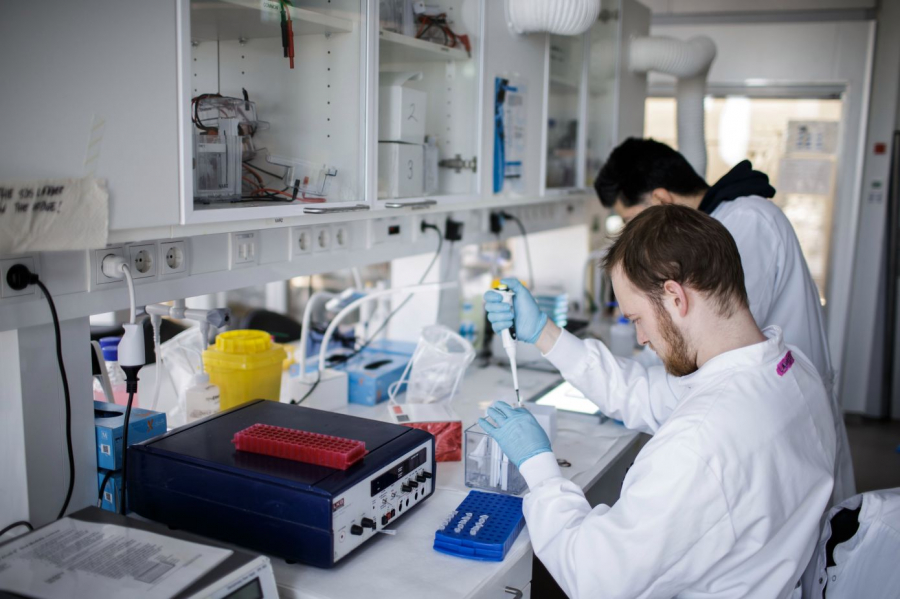
Switzerland develops biosensor to detect SARS-CoV-2 virus
A group of scientists in Switzerland has successfully developed a biosensor that can not only detect the SARS-CoV-2 virus that causes COVID-19, but can also monitor this dangerous virus in the air. Scientists at the Swiss Federal Laboratories for Materials Science and Technology (Empa) said the biosensor can be used to measure the concentration of SARS-CoV-2 virus in crowded places in real time. This device can also be used to detect other types of viruses, thereby helping to detect and prevent epidemics in the early stages of outbreaks. At present, this sensor is being further improved and has not been widely used.
Hundreds of Italians have created their own antibodies against the SARS-CoV-2 virus.
The health authorities of the town of Ortisei in northern Italy (near the border with Austria) recently conducted antibody tests for the SARS-CoV-2 virus that causes COVID-19 respiratory disease. According to Dr. Simon Kostner, 49% of the 456 people tested had antibodies against the SARS-CoV-2 virus.
This could be the result of community immunity in this town of nearly 5,000 people. Previously, the World Health Organization (WHO) said that only about 2-3% of the world's population seemed to have antibodies against the SARS-CoV-2 virus.
France encourages all retail stores to reopen from May 11
The French government said on April 23 that it wants all retail stores to reopen once a nationwide lockdown to curb the spread of COVID-19 is lifted on May 11. With less than 10% of France's 67 million population expected to have COVID-19 by the time the lockdown ends, Paris said travel restrictions would remain in place between French regions.
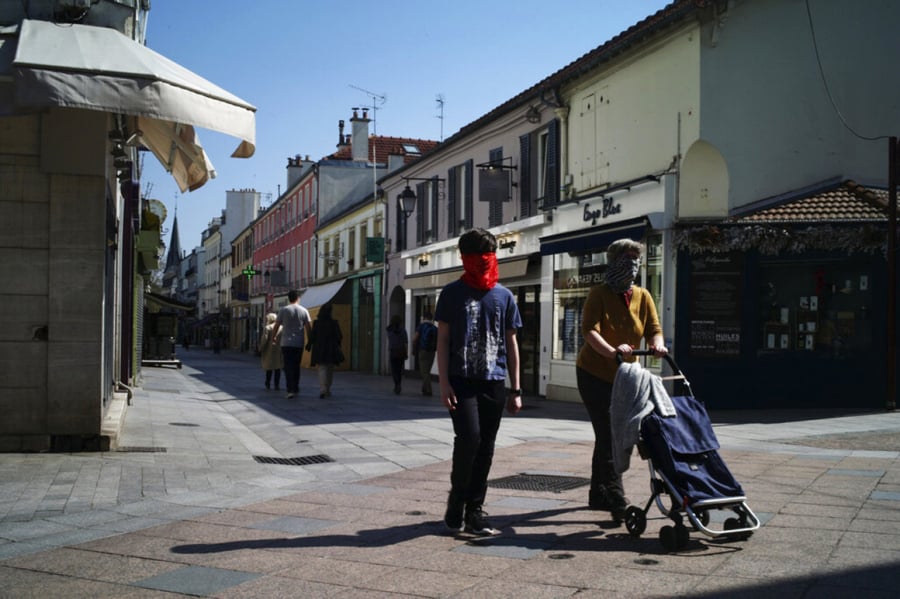
US House of Representatives passes $484 billion aid package to fight COVID-19
On April 23, the US House of Representatives passed a $484 billion relief package for small businesses and hospitals to mitigate the impact of the COVID-19 pandemic and increase testing. This relief package brings the total US support for the COVID-19 pandemic crisis to nearly $3 trillion.
The bill includes an additional $310 billion for the Paycheck Protection Program, including $60 billion specifically for community banks and small lenders hurt by the pandemic, which has left 26 million people unemployed in the past five weeks. It also adds $75 billion for hospitals, $25 billion for testing, and $60 billion for emergency disaster loans and grants.
The US remains the epicenter of the pandemic, with 879,430 cases and 49,769 deaths. New York state officials said more than 20% of 3,000 randomly selected people tested for antibodies this week tested positive for the SARS-CoV-2 virus. If the numbers accurately reflect the state of the epidemic, this means that more than 1.7 million people in New York City and 2.6 million people statewide have been infected.






